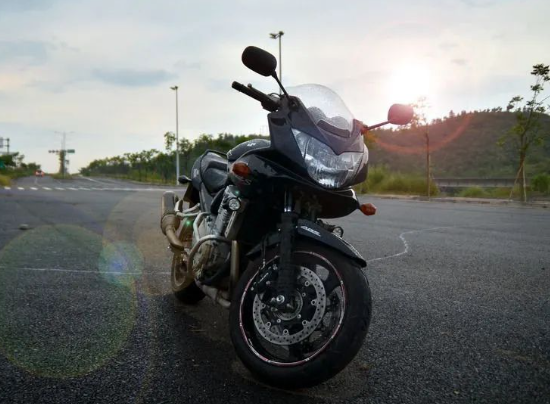The multi-cylinder engine motorcycle has advanced performance and complex structure. When the engine fails, it is often difficult to maintain. In order to improve its maintenance effect, the maintenance personnel should be familiar with the structure, principle and internal relationship of the multi-cylinder engine motorcycle, and pay attention to the following points in particular when repairing.
1、 Fault inquiry and test run before disassembly
Any motorcycle will break down, and there will be omens and external manifestations when it breaks down. Before repair, carefully ask about the vehicle’s warning signs, external performance, and related factors that may cause the fault but the owner ignores the introduction, such as what faults have occurred in the vehicle before and how to eliminate them. Any negligence may cause many unnecessary troubles to the maintenance work. After the inquiry is clear, the maintenance personnel must test the vehicle in person, touch, listen, see and smell, and repeatedly experience the fault phenomenon and fault characteristics of the vehicle.
2、 Grasp the main failure factors and determine the parts to be disassembled
Motorcycle faults are complex and diverse, especially multi-cylinder engine motorcycles. There are often many factors that lead to the same fault, and all factors interact and affect each other. It is difficult to accurately diagnose and completely eliminate the fault. For this fault, maintenance personnel should not rush to dismantle the vehicle. First of all, according to the experience of personal test run and the introduction of the car owner, summarize all relevant factors that may cause this type of fault, and draw a causality diagram. Analyze the relevant factors in the relationship diagram, grasp the main cause factors, determine the location of the fault, and determine which parts need to be disassembled for inspection.
3、 Make records of vehicle disassembly
According to the principle of “first outside then inside, first easy then difficult”, disassemble the vehicle in sequence. For motorcycles with unfamiliar structure, record the assembly positions of parts and components, including small parts such as adjusting washers, according to the disassembly sequence. For components with complex assembly relationship, assembly schematic diagram shall be drawn.
4、 Color marking of parts with the same name
The hot engine part of multi-cylinder engine has many parts with the same name. Although these parts with the same name look the same in structure, shape and size, the wear and deformation of the parts with the same name cannot be consistent after the motorcycle has been used for a long time. The wear of the two exhaust valves of the same cylinder will not be the same. If the two exhaust valves are assembled after being interchanged, it is difficult to reliably seal between the exhaust valve and the exhaust valve seat. Therefore, parts with the same name should not be interchanged as much as possible. The parts with the same name of the same cylinder shall be painted with color marks, and the parts with the same name removed from different cylinders shall be placed separately.
5、 Mark the valve timing
The valve system of multi-cylinder engine is one of the most complex and critical systems of the engine. The marking methods of the valve timing of different engines are often different, and the valve timing and ignition timing are mutually coordinated and unified. The engine cannot work normally if the adjustment is wrong. For unfamiliar models, before disassembling the valve mechanism, it is necessary to find out the meaning and calibration method of the valve timing and ignition timing marks. If the mark is not correct or ambiguous, make the mark yourself and then disassemble it.
6、 Loading requirements
After troubleshooting, the vehicle shall be loaded in reverse order according to the disassembly records, color marks and gas timing. During assembly, ensure the tightness of the engine cooling water channel, oil channel, air passage and sealing surfaces, clean the scale, oil scale and carbon deposit, and discharge the air in the cooling water channel and hydraulic brake pipeline.
Post time: Feb-01-2023




